Inter Esterification
We believe in providing top quality workmanship and are so confident in our level of service that we back.
We believe in providing top quality workmanship and are so confident in our level of service that we back.
Interesterification is a process that rearranges fatty acid on the backbone of glycerol molecules and alters the fatty acid composition, which can affect the melting point of fats, changes their texture, or creates a uniform blend from two distinct oils. This method prevents the formation of trans-fatty acids, resulting in healthier modified fats with superior oxidative stability, a rich texture, and enhanced taste.
In this process, vegetable oils are treated with a chemical/biocatalyst inside a reactor. The oil is then circulated through an autoclave to ensure the reaction is complete. After the reaction, the interesterified oil undergoes bleaching and filtration before being stored.
In an inter-esterification plant, the process is designed to modify fats and oils to achieve desired properties. Here’s an overview of the steps involved:
The process begins with selecting and preparing the oils or fats that will be modified depending on the desired end product requirement.
These oils are often pre-treated to remove impurities like phospholipids, FFA and moisture ensuring they are in optimal condition for the reaction.
A catalyst, which can be a chemical compound (sodium methoxide) or an enzyme, is added to the oils. This catalyst helps facilitate the rearrangement of fatty acids in the triglycerides. .
The oil and catalyst mixture is transferred to a reactor, which can be either a batch or continuous-flow reactor. The reaction occurs under controlled conditions of temperature and pressure to ensure thorough mixing and optimal results. In some systems, the mixture is circulated through the reactor (or autoclave) to enhance the reaction.
The reaction is carefully monitored to ensure it proceeds to completion. Once the desired level of interesterification is achieved, the reaction is stopped.
After the reaction, the oil mixture undergoes neutralization to remove any residual catalyst. The oil is then bleached to remove color and impurities, followed by filtration to eliminate any remaining solid residues.
The processed oil is tested for quality to ensure it meets the required specifications. Once verified, the oil is stored under suitable conditions to maintain its quality until it is needed.
Finally, the interesterified oil is packaged in appropriate containers for distribution. It is then shipped to customers or integrated into further manufacturing processes.
This process allows for the precise modification of fats and oils, creating products with customized properties for various applications in food, cosmetics, and other industries.

Strategies to ensure proactive domination. At the end of the day,User generated content in real-time will have multiple touchpoints for offshoring.




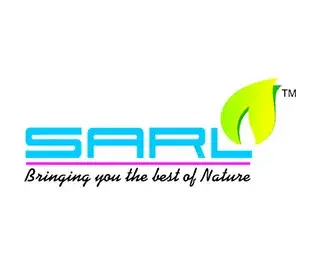

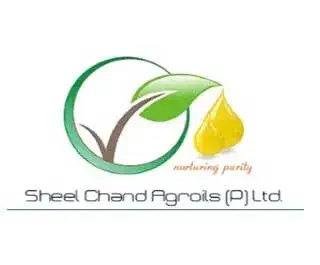
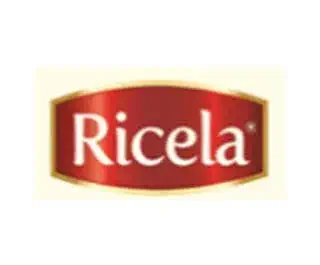








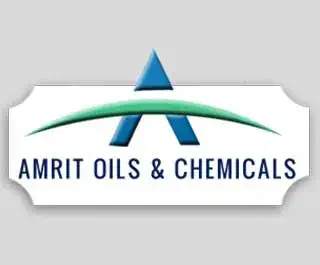


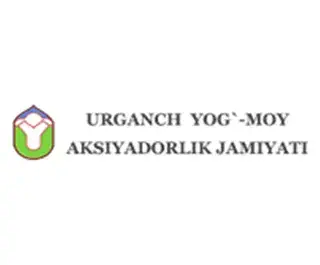



Discover some of the most asked questions regarding Interesterification.
Interesterification is a chemical or enzymatic process that rearranges the fatty acids within triglyceride molecules in fats and oils. This process alters the physical and functional properties of fats, such as their melting point, texture, and stability. It is used to improve the performance of fats in food products, allowing manufacturers to create fats with specific characteristics without producing harmful trans fats.
Both interesterification and hydrogenation modify the properties of fats, but they work differently. Hydrogenation adds hydrogen atoms to unsaturated fats, increasing saturation and often producing trans fats as a by-product, which are harmful to health. Interesterification, on the other hand, rearranges existing fatty acids without changing their saturation level, thus avoiding the formation of trans fats and creating healthier fats.
Enzymatic interesterification offers several advantages over chemical methods: